Artificial intelligence (AI) has become more than simply a trendy buzzword. It has brought a revolution that is supposed to be remembered in the 21st century.
Ever since machines came into prominence, and the word "artificial intelligence" was coined in the summer conference at Dartmouth University, AI has significantly impacted people's lives.
But what about the different types of AI? I will come to this particular subject later in this write-up.
Back to the subject, machines can decode verbal commands, distinguish between images, drive cars, and even play games (huh!). And all that in a much better way than we humans do!
If I say that the AI applications we see today are merely the tip of the AI iceberg? But more of that in our artificial intelligence future blogs.
For now, let me, first of all, explain the definition of artificial intelligence.
What is Artificial Intelligence?
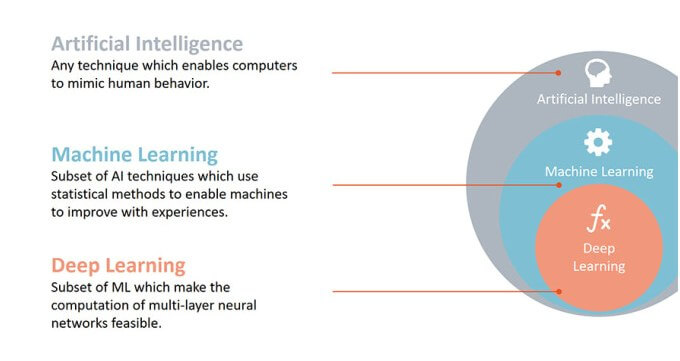
( Image Source )
In simple words, artificial intelligence can be defined as the process of replicating human intelligence in the machine and programming it in such a way that it thinks like us humans and mimics our actions.
You may even apply this definition to any machine that inherits traits connected with the human mind like learning and problem-solving.
The one thing that differentiates artificial intelligence from humans is its ability to rationalize and take actions to have the best chance to achieve a specific target.
Machine learning is the subset of artificial intelligence. It refers to a concept through which computer programs can automatically learn from and adapt to new data without needing assistance from humans.
Deep learning techniques can enable this automatic learning by absorbing large chunks of unstructured data, including text, images, or video.
Usually, the very first thing that people associate with the word "artificial intelligence" is robots. The reason for that is big-budget Hollywood movies and novels that weave stories about human-like machines that wreak havoc on Earth. But, this is far from the truth.
Artificial intelligence is based on the concept of human intelligence wherein machines effortlessly mimic it and execute tasks that are way too simple to complex. The ultimate objective of artificial intelligence is to mimic human cognitive activity.
What Researchers and Developers Have to Say about Artificial Intelligence (AI)?
Researchers and developers in this particular field are making considerable strides in mimicking activities like reasoning, learning, and perception to the extent that they can be defined in the best possible manner.
Certain innovators perceive they would be able to develop systems that would exceed the human capacity to learn or reason out a particular subject.
However, others are pretty skeptical. The reason is, that all cognitive activities are connected to the value judgments that are subject to the human experience.
Now that you have understood the term "artificial intelligence" in the next section, we would delve into the different types of AI.
The 7 Types of Artificial Intelligence (AI)
AI technologies can be categorized according to their capacity to mimic human characteristics, the technology they employ to do this, their real-world applications, and the theory of mind, which I will discuss in length below.
So, let's start with a list of different types of artificial intelligence.
Table of Contents
1. Magnificent Intelligence
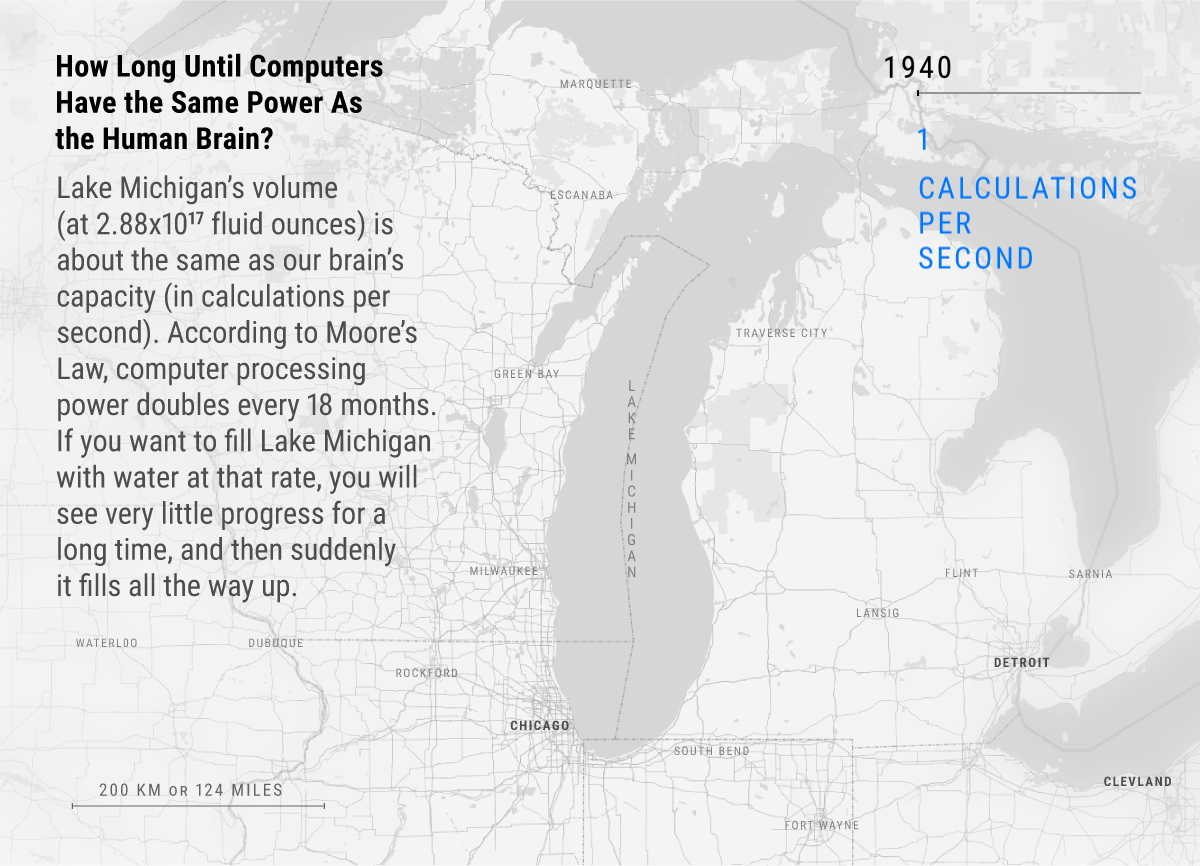
( Image Source )
Magnificent intelligence is the hypothetical AI that does not require you to mimic or comprehend human intelligence and behavior. It is one of the types of artificial intelligence wherein machines become self-aware and exceed the capacity of human intelligence and their ability.
Magnificent intelligence can often be seen as a muse of dystopian science fiction wherein robots overrun, overthrow, and even enslave humanity.
Under this concept, AI evolves, in the same way, to overtake human emotions and experiences that it simply doesn't understand but also it evokes emotions, beliefs, needs, and desires of its own.
On top of replicating the multi-faceted intelligence of humans, magnificent intelligence is theoretically exceedingly better at everything we, humans do like maths, sports, science, medicine, arts, hobbies, emotional relationships, etc.
It consists of greater memory and a swifter ability to process and scrutinize data and stimuli.
As a result, magnificent intelligence's decision-making and problem-solving capabilities are way superior to humans.
The prospect of such lethal machines at our disposal might seem to be appealing; however, the concept in itself has a multitude of unknown consequences.
In case self-aware super-intelligent human beings came into prominence, they would also have the power of generating ideas like self-preservation.
The impact of such a thing on humanity, our survival, and how we lead our lives can only be speculated.
2. Prevalent Intelligence
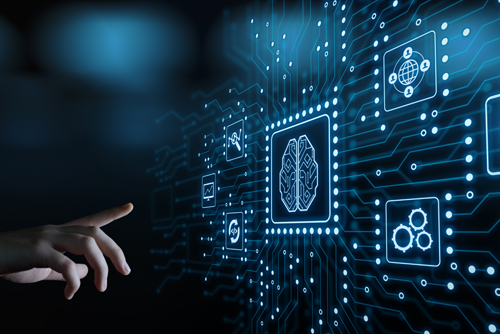
( Image Source )
Prevalent intelligence, also termed artificial general intelligence (AGI) or general AI, is a theoretical form of AI employed to depict a specific mind-set of AI development.
In case researchers can develop prevalent intelligence, the machine would require intelligence that is equivalent to humans.
This way, it would have a self-aware consciousness that could solve problems, learn, and even plan for the future.
The ultimate objective of prevalent intelligence is to develop intelligent machines such that they are hard to differentiate from human minds.
However, just like a child, the AI machine would have to learn the input and experiences, then constantly process it, and advance its abilities over time.
While it is true that researchers in both academia and private sectors have invested a lot in the creation of prevalent intelligence – one of the types of ai, it only exists as a theory today in comparison to a full-proof tangible reality.
Certain individuals like Marvin Minsky have quoted over-optimistically what we could accomplish in a few decades in the field of prevalent intelligence, others say prevalent intelligence cannot be developed ever.
3. Narrow Intelligence
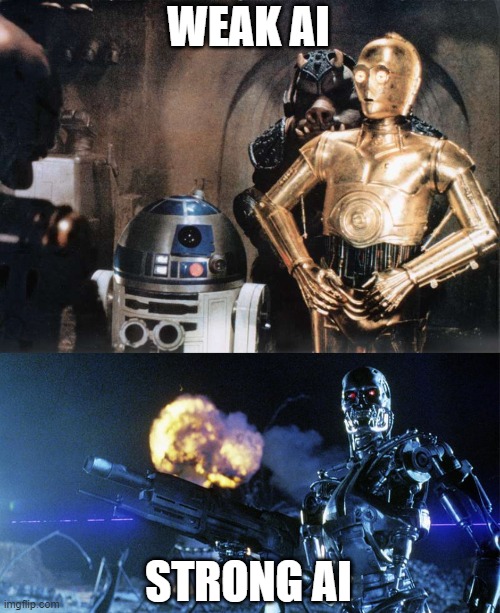
( Image Source )
Narrow intelligence, also termed weak AI is one of the types of artificial intelligence systems that has been designed and trained to achieve a specific task. Narrow intelligence concentrates primarily on a narrow task.
Several current systems proclaim the employment of 'artificial intelligence' as a narrow intelligence that is concentrated on a narrowly defined specific problem.
These machines have limited capabilities as they are programmed to perform limited functions.
Narrow intelligence can be pretty dangerous due to its "brittleness" and cause disruptions in the electric grid, damage nuclear plants, cause global economic problems, and misdirect autonomous vehicles.
Some of the prime examples of narrow AI are virtual personal assistants like Amazon's Alexa and Apple's Siri.
Let me discuss the example of Siri as a narrow AI. Siri functions within a limited pre-defined range of functions. There is no need for genuine intelligence or self-awareness. Hence, it is a perfect example of narrow AI.
Siri brings different narrow AI techniques to the capabilities of an iPhone.
The reason being, when you ask questions outside the limits of its applications, the answers you get are very annoying, to say the least! Hence, we have classified it under narrow intelligence.
4. Reactive Machines
Reactive machines are one of the basic types of artificial intelligence systems. Its conceptualization has been done so that it perceives the world directly and acts on what it sees.
The computer is purely reactive and neither has to form any memory nor to employ past experience.
A prime example of reactive machines is Deep Blue, IBM's chess-playing supercomputer that made a revelation by defeating the grandmaster at that time, Garry Kasparov, in 1997.
It did not take any pre-applied datasets nor tried to search for previous matches. All it knew was how to play the game and the conditions.
The computer moved chess coins based on real-time intuition and won the game.
5. Theory Of Mind
As promised earlier, let me now present to you one of the best types of artificial intelligence systems – Theory of Mind. From the name, you can gauge that Theory of Mind is a type of artificial intelligence representing an advanced technology class. It merely exists as a concept at present.
To implement this type of AI, you would need a comprehensive understanding of people's feelings and their behavior within an environment.
Theory of Mind requires a critical technological enhancement to sort people's emotions, sentiments, and thoughts.
Even though several enhancements are expected to reach this type of AI, it is still incomplete.
A prime example of the Theory of Mind is Kismet, designed in the late '90s. Kismet can mimic human emotions and can recognize them.
6. Attentive
Attentive systems are of the few types of artificial intelligence systems that presently exist as a theoretical idea.
While discussing AI and its role in our lives, the ultimate objective is to reach this phase.
The intention of exploring and developing this technology would be to achieve this attentive phase.
Humans would develop attentive AI systems in the future to be at par with the human brain.
They will have an ideal amount of self-awareness and self-consciousness. However, it's still unclear how long it will take to develop these types of AI in the future.
It might perhaps take decades to bring attentive AI to life, or it may even take centuries. No one knows yet! Phewww!
7. Limited Memory
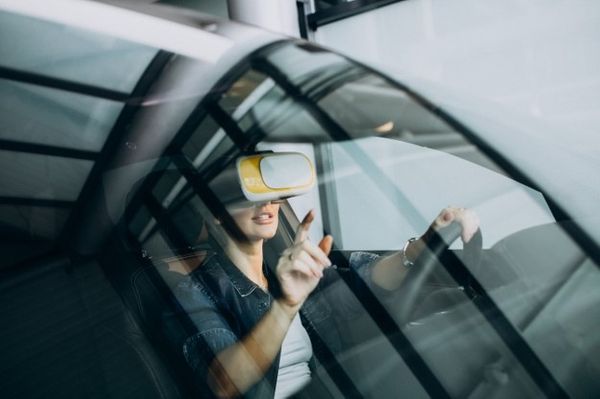
( Image Source )
This is one of the best types of AI wherein machines can look into the past.
Now you might say (Blast from the Past…Yes, I have seen that Sci-Fi movie.) It's something similar to that concept.
Today, we see self-driving cars doing some of this already. For example, they observe the speeds and direction of other cars. You cannot possibly do this within a split second. Instead, you need to identify specific objects and monitor them over a while.
You can integrate these observations into the self-driving cars’ pre-programmed representation of the world. This will include traffic lights, lane markings, and other essential elements like curves on the road.
They're a part of the decision-making process for car changing lanes, avoid cutting off another driver, or be hit by a nearby car.
However, these simple pieces of information about the past are not transient. You cannot save them as a part of the car's library of experience. However, they learn from how we, human drivers, compile expertise over a while behind the wheels.
The ideal scenario to build limited memory AI systems is by remembering their experience and learning how to handle new situations.
But, it becomes too difficult to do this when it comes to the practical implementation of limited memory AI. The best way is to let the machines build their representations.
Future of AI
The different types of AI that I have discussed in this write-up have already surpassed the superhuman performance in certain junctures of areas.
And, I have no doubt in my mind that its capabilities will improve as the years roll by.
AI will replace the physical labor jobs increasingly as the years roll by. We would probably see a mixture of human beings and AI assisting customers in resolving their queries.
But, it would not be an utterly doomsday situation for the job market. Specialized jobs will still have their takers, but you will see mundane tasks delegated to AI.
Probably in the next decade or so, like in the 2030s, we would see vast data troves, chatbots powered by intelligent automation that will surpass humans in their ability to make complex decisions.
On a broader scale, I presume AI can change the entire dynamics of human life.
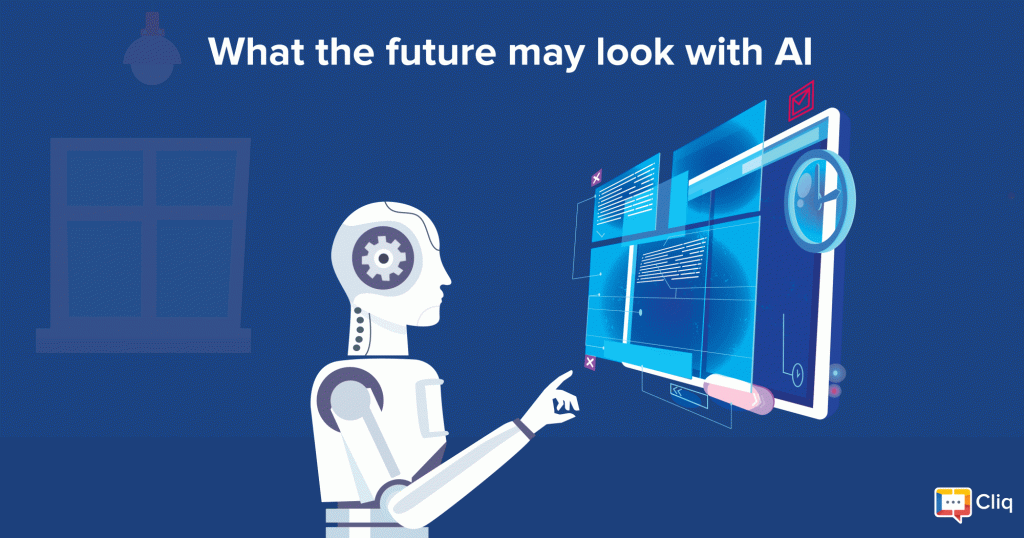
( Image Source )
With AI developments closely connected with sustainability, climate change, and environmental issues, we will see cities becoming less crowded, less contaminated, and more liveable in all aspects.
I would like to reiterate that AI's influence on the world would be much bigger and better than the invention of electricity.

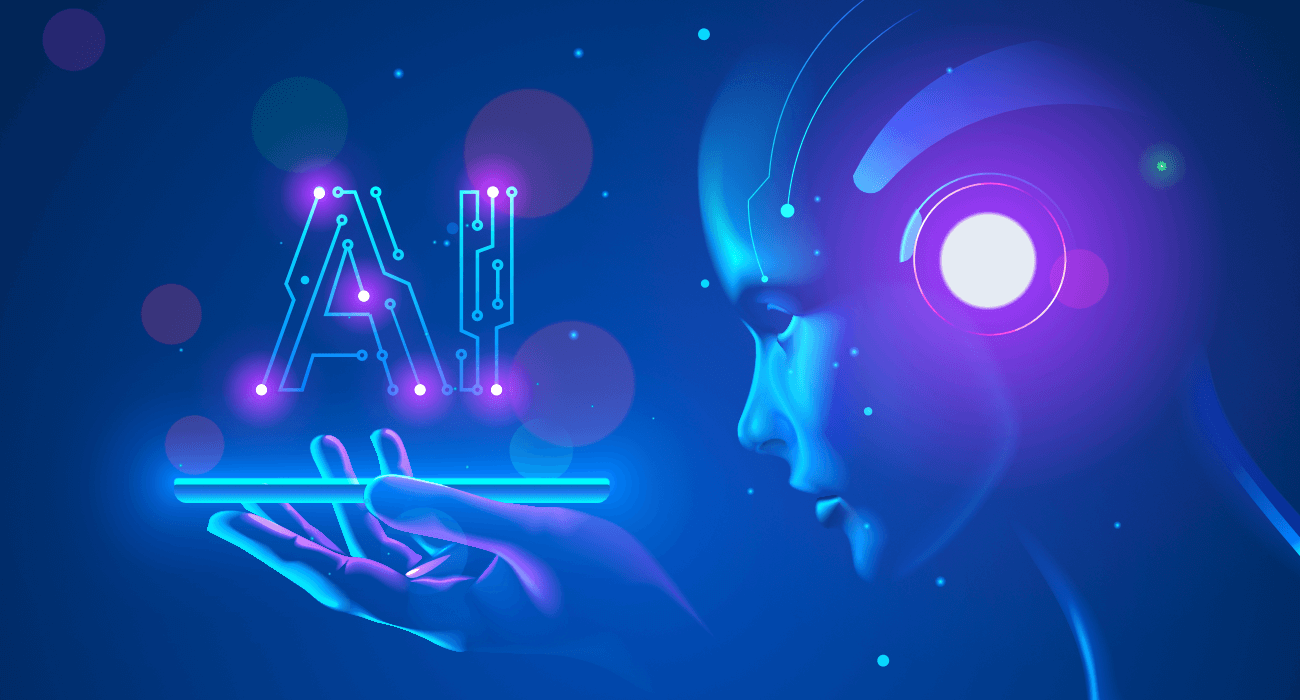

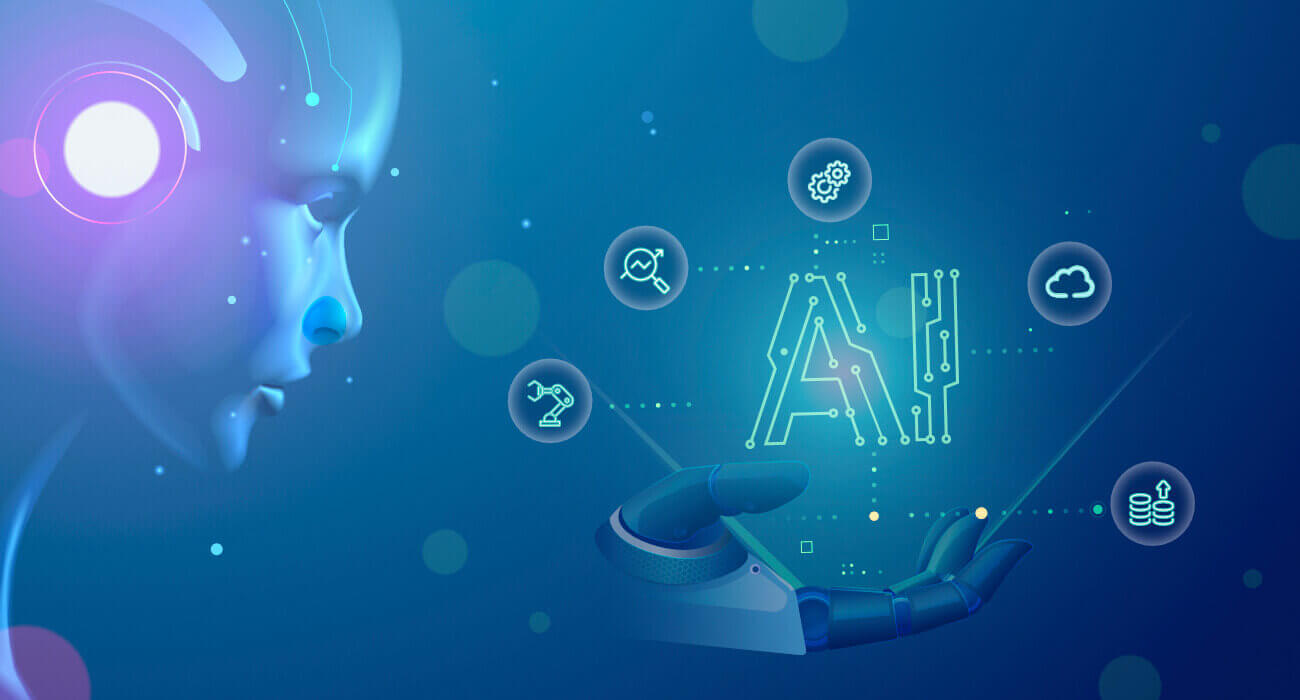











Leave a Reply